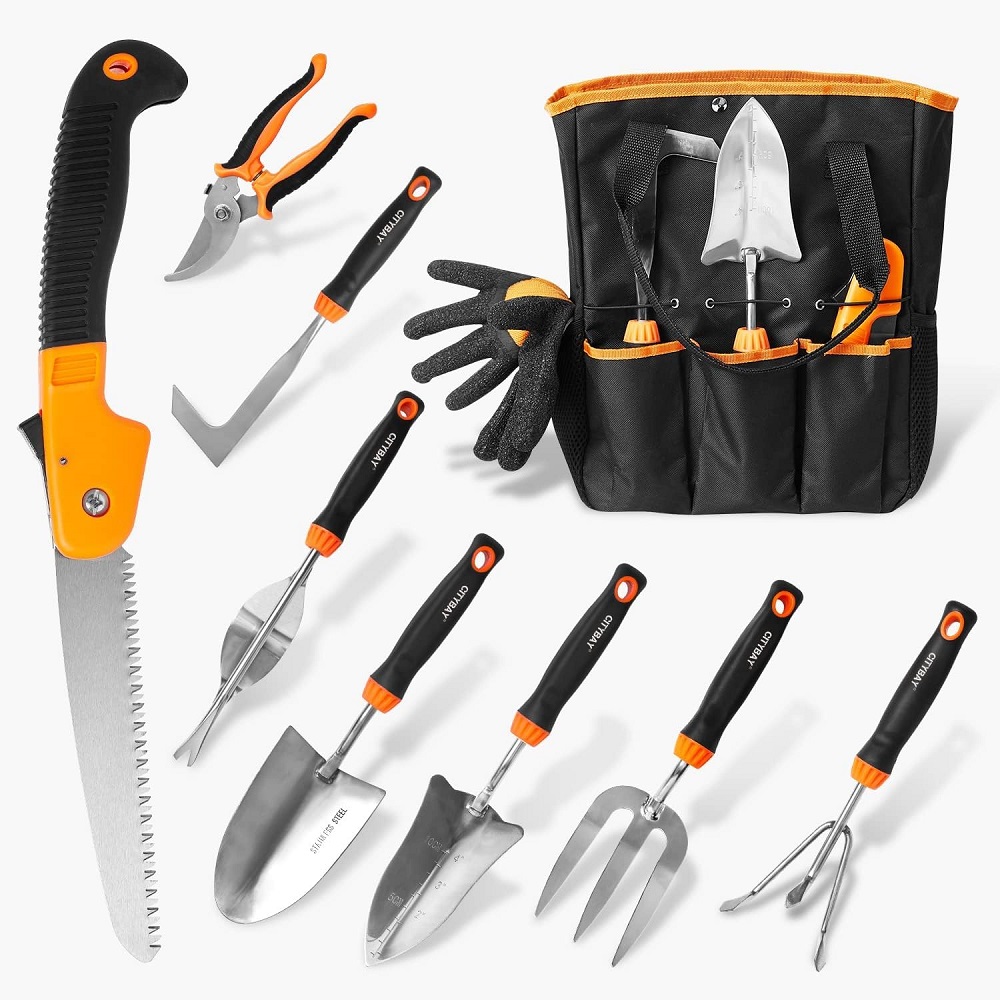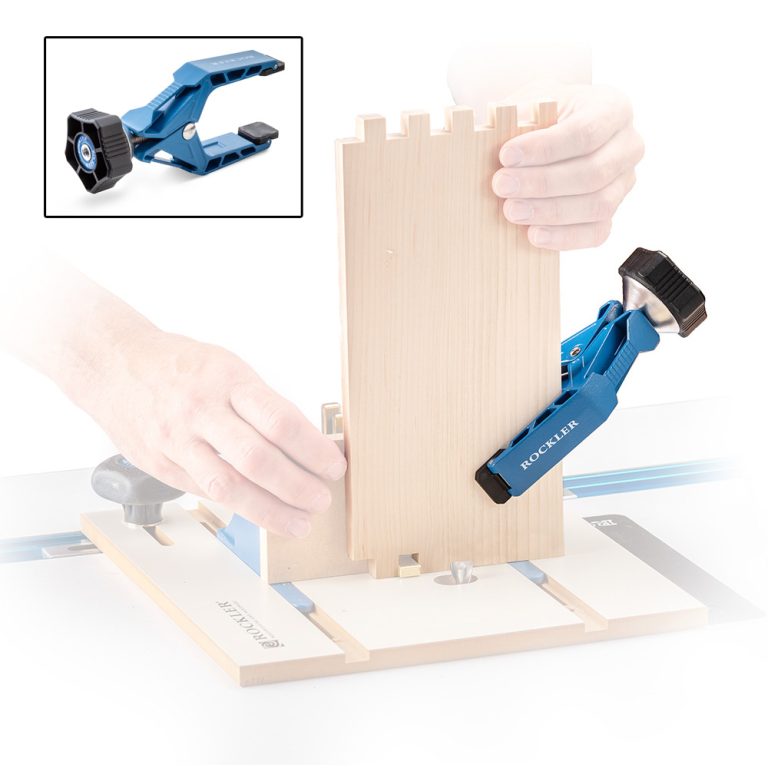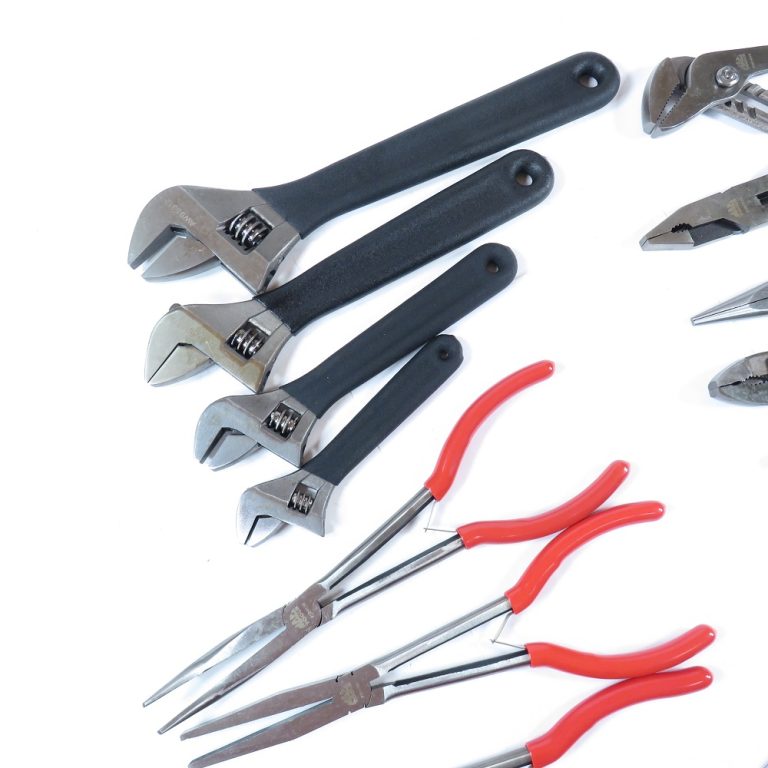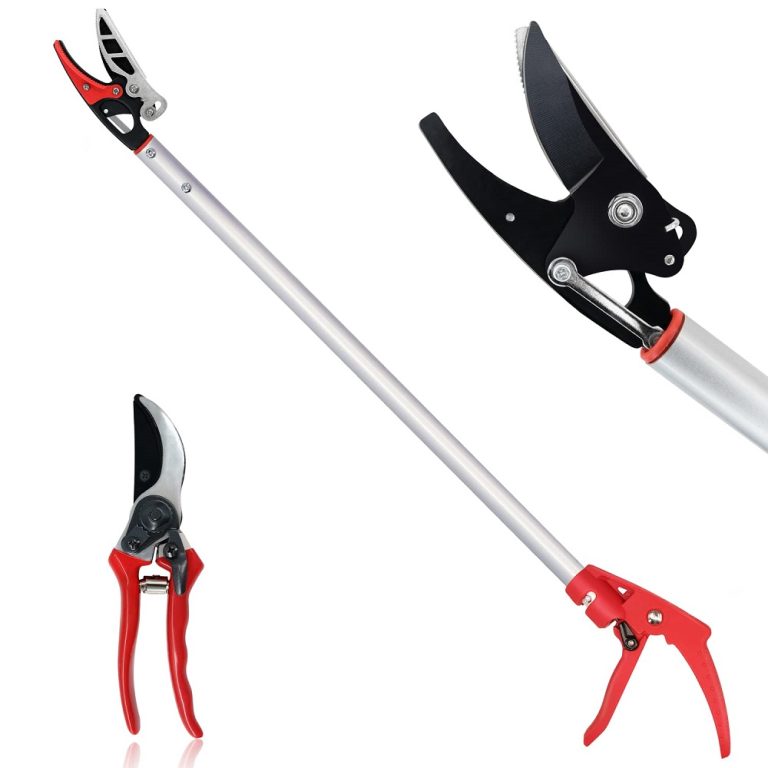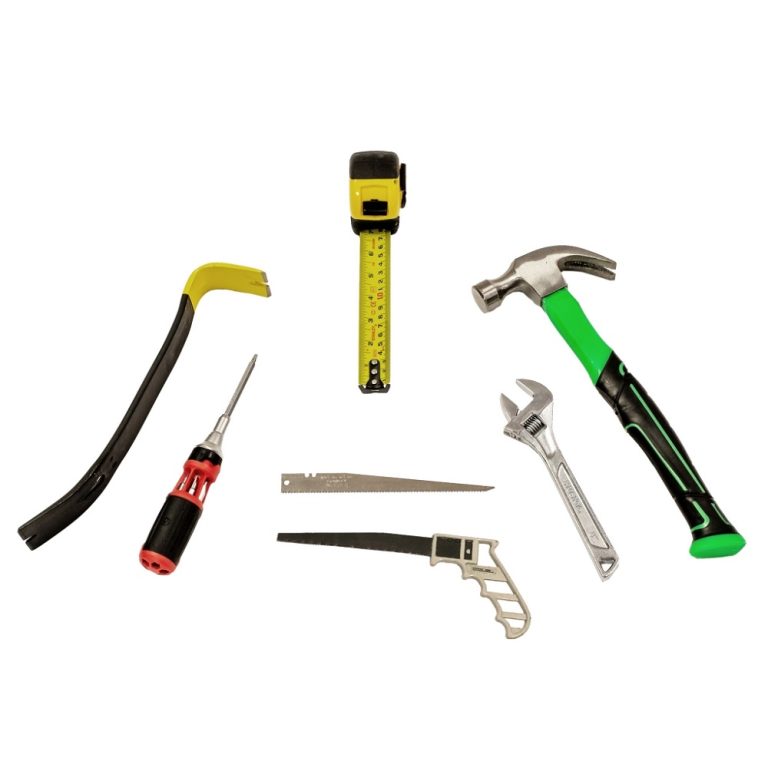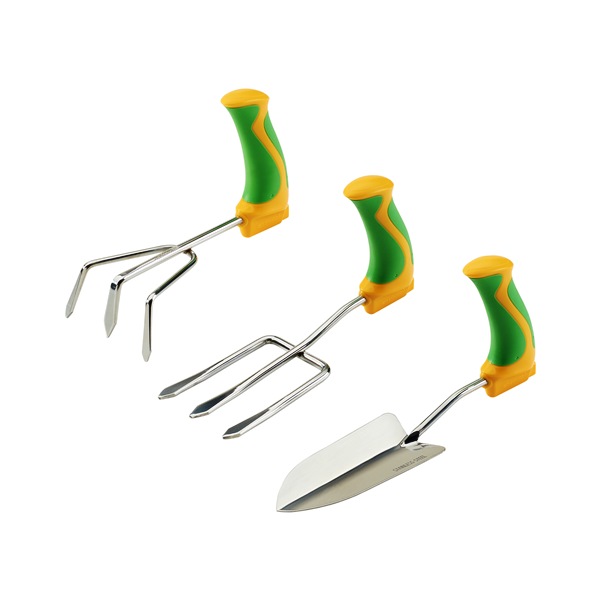Introduction to Landscaping Tools
Landscaping tools are essential for creating and maintaining beautiful outdoor spaces. Using the right tools saves time, reduces effort, and ensures better results. Whether you’re planting flowers or building structures, proper tools make the job easier and more efficient. Let’s explore the importance of these tools and how to choose the right ones for your garden.
Importance of the Right Tools for Gardening
The right tools improve the quality of your work and protect your plants. They help with precise digging, cutting, and shaping tasks. Proper tools prevent injuries by reducing strain on hands and shoulders. Quality tools also last longer, making them a good investment for any gardener. Having the right tools minimizes errors and boosts overall efficiency.
Factors to Consider When Selecting Tools
Consider durability when shopping for landscaping tools. Choose tools made from sturdy materials like stainless steel, carbon steel, or treated wood. Ergonomics is important too—comfortable handles reduce strain during extended use. Size and weight matter, as lighter tools are easier to handle and store. Lastly, ensure the tools suit your specific gardening tasks and needs.
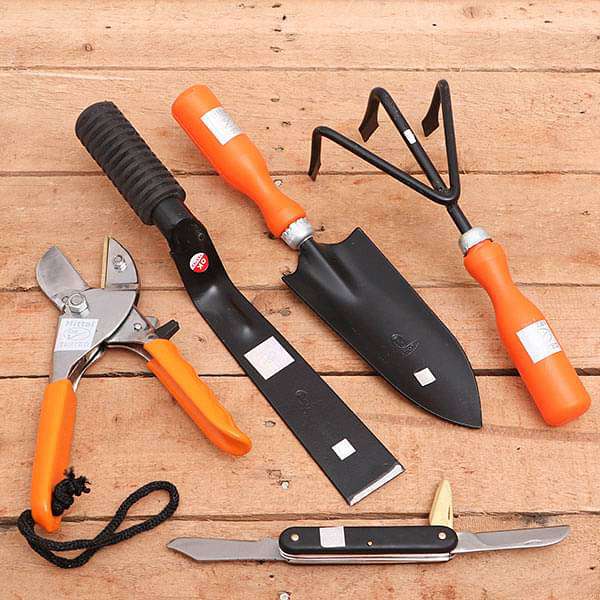
Must-Have Tools for Landscaping
Every gardener needs a set of essential tools to create stunning outdoor spaces. These tools make landscaping tasks efficient, precise, and enjoyable. Let’s explore the must-have hand tools, power tools, and specialty tools for successful landscaping.
Hand Tools: Essential for Every Gardener
Hand tools are the backbone of gardening. They are versatile and easy to use. Common hand tools include:
- Shovels: Ideal for digging holes and moving soil.
- Trowels: Perfect for planting small plants or scooping soil.
- Pruning Shears: Great for trimming plants and removing dead stems.
- Rakes: Useful for smoothing soil or gathering leaves and debris.
- Hoes: Excellent for breaking up soil and removing weeds.
These tools are simple but highly effective for everyday gardening tasks.
Power Tools: Boosting Efficiency in Landscaping
Power tools save time and reduce manual effort while improving precision. Essential power tools include:
- Leaf Blowers: Quickly clear leaves from gardens and pathways.
- Electric or Gas Hedge Trimmers: Shape hedges and bushes effortlessly.
- Chainsaws: Cut thick branches or small trees neatly and efficiently.
- Rototillers: Prepare soil for planting by mixing and loosening it.
- Brush Cutters: Handle thick grass or tough vegetation with ease.
These tools are perfect for larger or more challenging landscape tasks.
Specialty Tools for Unique Landscaping Needs
Some tasks require tools designed for specific landscaping needs. Specialty tools you might need include:
- Tree Spade: Move trees or large plants safely and accurately.
- Edgers: Create clean edges along paths, lawns, or flowerbeds.
- Weed Pullers: Remove weeds without disturbing surrounding plants.
- Tamper Tools: Compact soil for patios or hardscapes effectively.
- Post Hole Diggers: Quickly dig deep holes for fences or large structures.
Specialty tools enable you to do advanced or unique tasks with ease.
Investing in quality landscaping tools will make every gardening project more efficient and enjoyable.
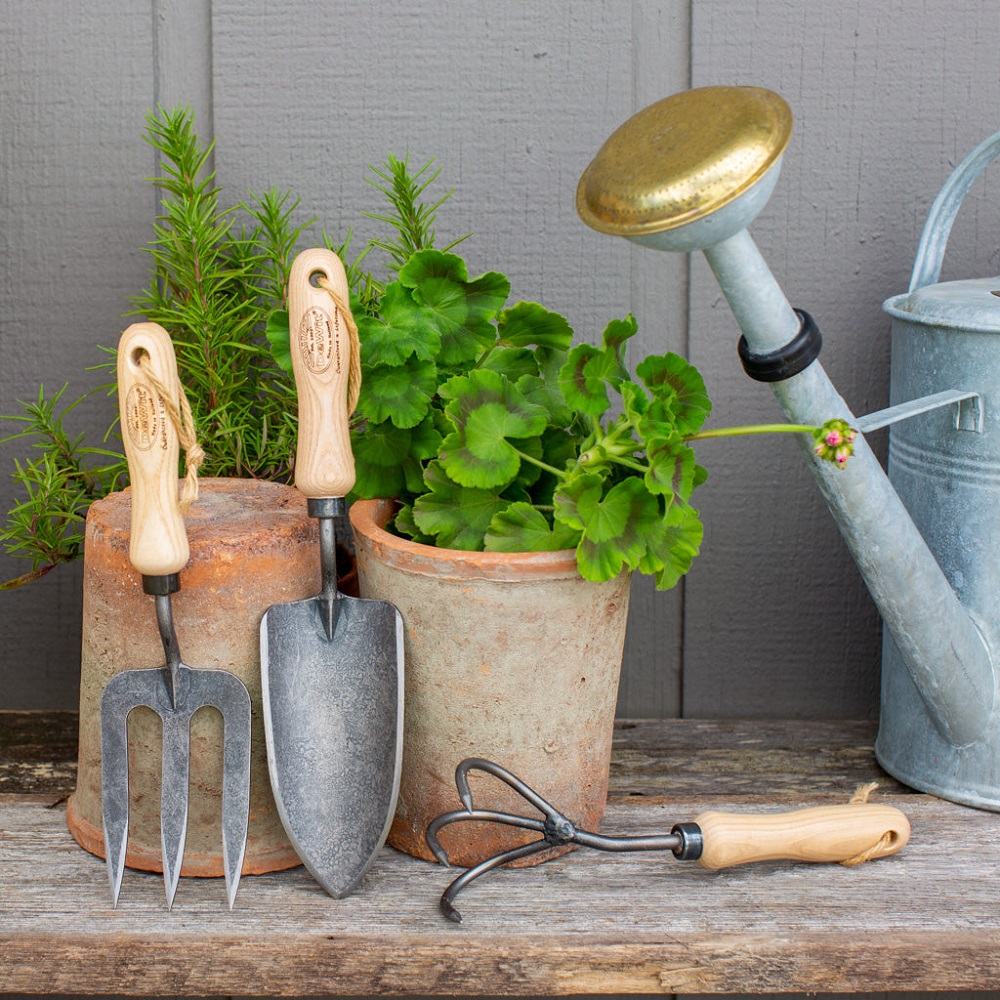
Best Tools for Soil Preparation
Proper soil preparation is vital for successful gardening and landscaping. Healthy soil promotes plant growth and ensures long-lasting beauty. Selecting the right landscaping tools for soil preparation makes the process more effective and efficient.
Tools for Digging and Tilling
Digging and tilling tools help prepare the soil for planting. They break up compacted soil and improve its structure.
- Shovels: Use round-point shovels for digging deep holes. Square-point shovels work well for moving soil.
- Spades: These are perfect for precise digging and cutting through roots or sods.
- Rototillers: These motorized tools loosen and mix soil, making large plots easier to prepare.
- Garden Forks: Ideal for turning soil and removing stones or debris.
- Mattocks: These help break tough soil and dig shallow trenches for planting.
Choose tools that match the size of your garden and the hardness of your soil.
Tools for Aeration and Soil Health
Aeration tools improve soil health by allowing air, water, and nutrients to penetrate better.
- Aerators: Manual or powered aerators puncture the soil, reducing compaction and improving drainage.
- Soil Knives: These are versatile for digging small holes and cutting roots, aiding soil health.
- Broadforks: Excellent for loosening deep soil layers without disturbing its natural structure.
- Compost Spreaders: Help evenly distribute organic matter to enrich soil fertility.
- Soil Test Kits: Though not a tool, these kits help analyze pH and nutrient levels for informed preparation.
Invest in high-quality tools to enhance soil preparation and support healthy plant growth. Proper care ensures these tools last longer and perform optimally.
Tools for Pruning and Plant Maintenance
Pruning and maintaining plants is essential for their health and growth. Proper tools make the job faster and easier.
Pruning Shears and Loppers
Pruning shears and loppers are key for removing dead stems and shaping plants.
- Pruning Shears: Compact and sharp, ideal for trimming small branches and stems.
- Loppers: Designed for cutting thicker branches with extended handles for better leverage.
Both tools prevent damage to plants and ensure clean, precise cuts.
Hedge Trimmers and Edgers
Hedge trimmers and edgers maintain the aesthetics of your garden with ease.
- Hedge Trimmers: Cut hedges and bushes uniformly. Choose electric or gas models based on your needs.
- Edgers: Create clean edges along walkways and gardens for a polished look.
These tools save effort and enhance your garden’s overall appearance. Use them regularly for best results.
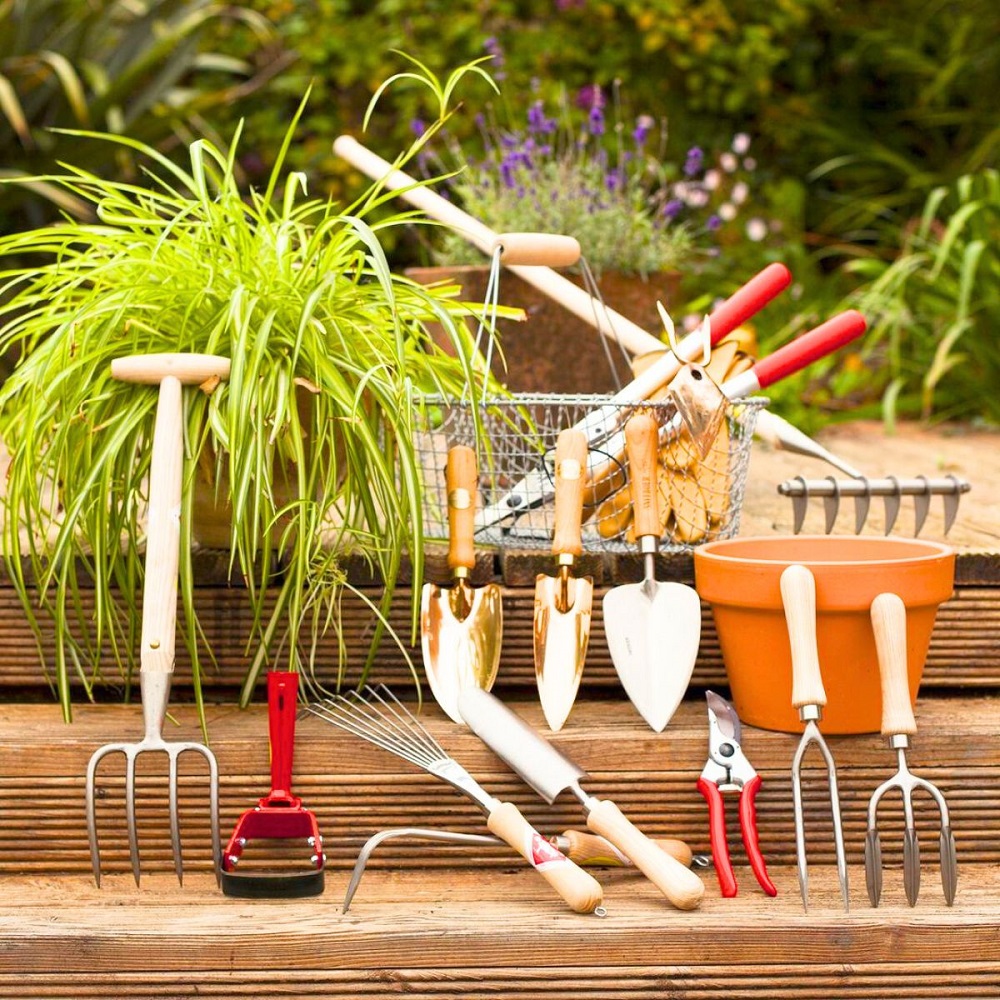
Tools for Lawn Care
Maintaining a healthy, attractive lawn requires the right tools. Lawn care tools help keep grass neat, vibrant, and free from debris. Let’s explore the key tools you need for efficient lawn care.
Lawn Mowers: Types and Benefits
Lawn mowers are essential for cutting grass evenly and promoting healthy growth. Choosing the right mower depends on your lawn size and terrain.
- Push Lawn Mowers: Great for small yards. Easy to use and environmentally friendly.
- Self-Propelled Mowers: Ideal for medium-sized lawns. They reduce physical effort with powered wheels.
- Riding Lawn Mowers: Best for large areas. Comfortable and efficient for extensive mowing.
- Electric Mowers: Quiet and eco-friendly. Available in both corded and cordless options.
- Gas-Powered Mowers: Provide high power for thick grass or uneven terrain.
All types of mowers ensure a clean, consistent cut while saving time and effort. Choose one based on your lawn care needs.
Rakes and Grass Clippers
Rakes and grass clippers help tidy up your lawn and manage overgrown areas while maintaining a polished look.
- Rakes: Use leaf rakes to remove debris like leaves, sticks, and grass clippings. Metal rakes work best for tough debris.
- Grass Clippers: Perfect for trimming areas around walls, fences, and trees. Choose sharp blades for clean cuts.
These tools simplify lawn grooming and ensure your outdoor area stays neat and healthy. Use them regularly to maintain your lawn’s appearance.
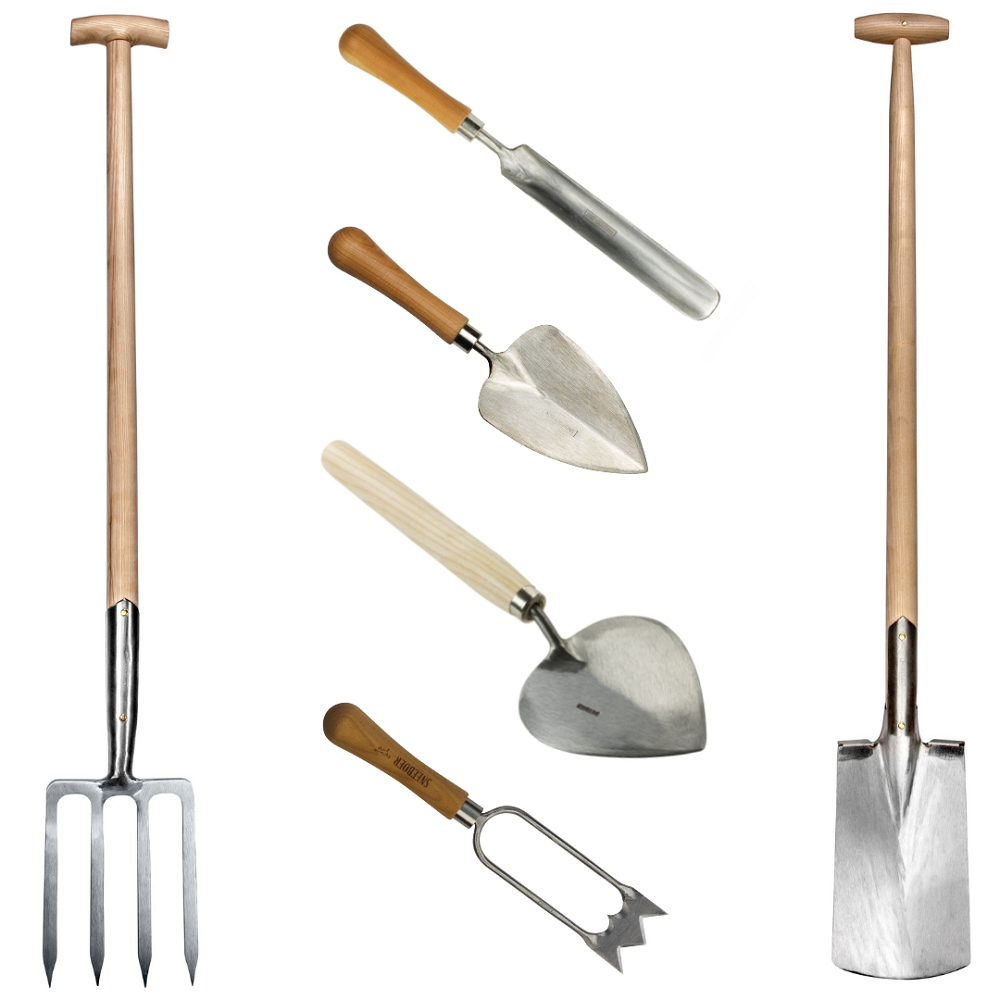
Tools for Hardscape Installation
Hardscape installation adds structure and functionality to outdoor spaces. It includes installing pathways, patios, walls, and more. To get the best results, choose the right landscaping tools designed specifically for hardscape projects. These tools make the work precise and efficient while reducing manual effort.
Pavers and Stone Laying Tools
Laying pavers and stones requires careful planning and the proper tools. Essential tools for this task include:
- Rubber Mallets: Used to tap pavers into place without causing damage.
- Paver Levels: Ensure each stone or paver is even for professional results.
- Chisels and Mason Hammers: Cut pavers into desired shapes and sizes for custom fits.
- Tamping Tools: Compact the base material to create a stable foundation for pavers.
- Spacers: Maintain consistent gaps between pavers for a clean look.
These tools improve the precision and quality of stone and paver installations.
Tools for Building Retaining Walls and Pathways
Building retaining walls and pathways requires durable tools and precision techniques. Key tools include:
- Masonry Trowels: Spread and smooth mortar or concrete effectively.
- Brick Saws: Cut bricks or blocks cleanly for custom wall designs.
- Levels and Plumb Bobs: Ensure walls and pathways are straight and balanced.
- Compactors: Compress soil or gravel foundations, providing stability to the structure.
- Wheelbarrows: Move heavy materials like stones, gravel, or concrete effortlessly.
Using these tools makes hardscape projects easier, faster, and long-lasting. Invest in quality tools to ensure your installations are durable and aesthetically pleasing.
Maintenance Tips for Landscaping Tools
Regular maintenance keeps your landscaping tools efficient and increases their lifespan. Well-maintained tools perform better, save time, and reduce replacement costs. Proper care also ensures safety during use. Here are key maintenance tips to help you keep your tools in great condition.
Cleaning and Storage Guidelines
- Clean tools after each use: Remove dirt, sap, and debris using water or a brush.
- Dry tools completely: Prevent rust by wiping tools dry with a clean cloth after washing.
- Apply oil to metal parts: Use a light machine oil to prevent rust and corrosion on blades and joints.
- Store tools in a dry place: Keep tools in a shed or garage to protect them from moisture.
- Organize tools properly: Use hooks, racks, or pegboards to store tools neatly and avoid damage.
- Protect wooden handles: Apply linseed oil to wooden handles to prevent cracking and splintering.
Taking these small steps after each use will keep your tools in optimal condition.
Sharpening and Repairing Tools
- Sharpen cutting tools regularly: Use a file or sharpening stone to keep blades sharp for precise cutting.
- Check for damage: Inspect tools for cracks, loose screws, or broken parts before and after use.
- Replace worn parts promptly: Replace parts like handles, blades, or springs to ensure the tool works effectively.
- Tighten moving parts: Lubricate and tighten bolts or pivot points for smooth operation.
- Keep power tools in top shape: Follow manufacturer maintenance guidelines for motors, cords, and blades.
- Use protective covers: Store sharp tools in protective sleeves or sheaths to maintain their condition.
Regular sharpening and repairs save money and maximize your tool’s effectiveness over time.
Caring for your landscaping tools is essential. With proper cleaning, storage, and maintenance, they will serve you for years.
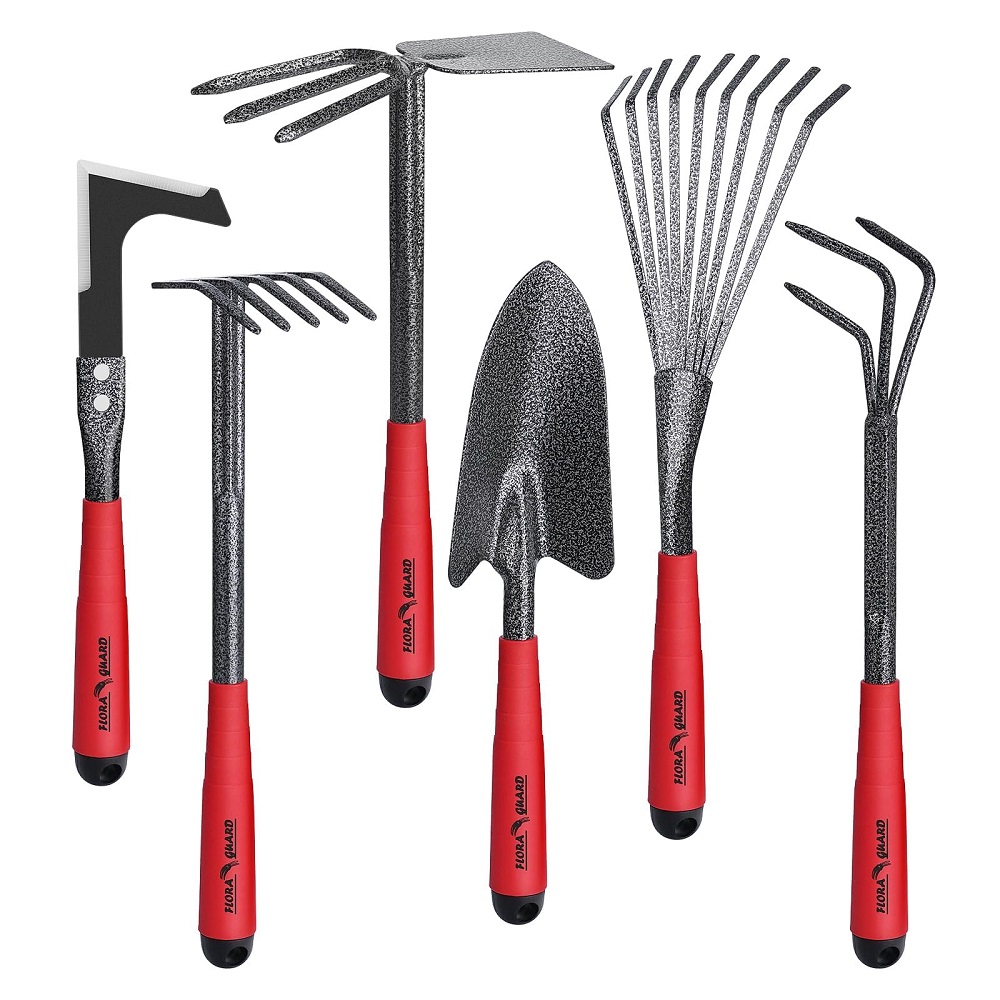
Organizing Your Tool Collection
1. Creating a Dedicated Storage Space
An organized tool collection makes any gardening task more efficient. To keep your landscaping tools in top condition, consider creating a dedicated storage space. This could be a garden shed, a garage, or a simple tool rack in your home. By having a designated area, you can protect your tools from the elements, prevent rust, and easily locate them when needed.
Tips for Effective Organization
To maximize your space, use shelves and hooks to store tools vertically. This not only saves floor space but also makes everything easily accessible. Group similar tools together; for example, keep hand tools in one area and larger tools in another. Consider labeling sections or using clear bins for smaller items like seeds or screws, ensuring you can always find what you need quickly. An organized workspace not only saves time but enhances your overall gardening experience.
2. Regular Maintenance of Your Tools
Regular maintenance is crucial to prolonging the life of your landscaping tools. After each use, clean any dirt or debris from your tools, especially after working with soil or plants. For metal tools, regularly check for signs of rust and apply protective coatings when necessary. Keeping tools sharp is equally important; use a sharpening stone or file to maintain their effectiveness.
Developing a Maintenance Routine
Consider creating a maintenance schedule to inspect and clean your tools regularly. By dedicating a small amount of time each month to this task, you ensure that every tool remains in optimal condition for use. A systematic approach to tool maintenance not only prolongs the life of your gardening equipment but also enhances your overall gardening practices, enabling you to cultivate your garden more effectively and enjoyably.
Cultivating Your Gardening Passion
Embrace the Joy of Gardening
In conclusion, investing in the right landscaping tools can significantly enhance your gardening experience. From essential hand tools to advanced power equipment, each tool plays a unique role in achieving your gardening goals. By understanding your needs and choosing wisely, you can cultivate a beautiful outdoor space that reflects your skills and passions.
Cultivating Knowledge and Skills
As you explore different tools and techniques, remember that gardening is a journey. The knowledge of how to effectively use and maintain each tool empowers you to tackle challenges and embrace creativity. With practice, you can develop skills that make gardening not only productive but also enjoyable.
Connecting with Nature
Gardening provides an incredible opportunity to connect with nature. By nurturing plants and landscapes, you foster a relationship with the environment that brings joy and satisfaction. The use of quality landscaping tools will enable you to create and maintain gardens that flourish and thrive.
Inspire Others with Your Results
Lastly, don’t hesitate to share your gardening experiences and successes with others. Whether through social media or community groups, your journey can inspire others to take up gardening. Together, we can cultivate a passion for gardening and create beautiful spaces that benefit not only ourselves but also our communities. Embrace your toolkit, get outside, and watch your garden flourish!
